What is Geniculate Artery Embolization (GAE)?
GAE, short for Geniculate Artery Embolization, is a medical procedure used to treat chronic knee pain. This minimally invasive technique involves blocking specific arteries that supply blood to the knee joint, reducing inflammation and relieving discomfort. GAE particularly benefits individuals suffering from osteoarthritis or other chronic knee problems who haven’t found relief through conventional treatments. It can provide significant pain relief and improved knee function.
What is Geniculate Artery Embolization (GAE)?
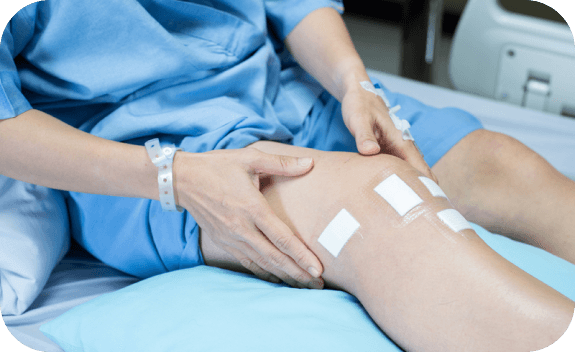
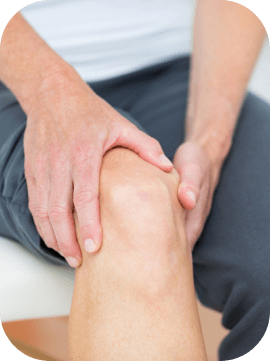
What are the Benefits of GAE?

Relieves pain

Non-invasive procedure

Improves mobility

Quick recovery


What to Expect During
GAE
During Geniculate Artery Embolization (GAE), patients can expect a minimally invasive outpatient procedure that typically takes less than an hour. With minimal sedation and local anesthesia, a tiny catheter is guided into the arteries supplying blood to the affected knee. Embolic agents are then delivered through the catheter in the targeted arteries, reducing blood flow to the knee. This reduces the inflammation associated with osteoarthritis, which alleviates the pain. Once the procedure is complete, the catheter will carefully be removed.
What to Expect After GAE
Immediately following the GAE procedure, the access site will be monitored for a short time. Patients may experience some mild bruising and tenderness at the access site. This is normal and side effects typically resolve on their own within a few days of treatment. Patients go home the same day. In most cases, relief begins to occur in two weeks, as the inflammation in the lining of the knee is reduced, relieving the knee pain associated with osteoarthritis. A StrideCare vascular specialist will provide patients with detailed post-operative care instructions prior to GAE, so patients can know what to expect during recovery.
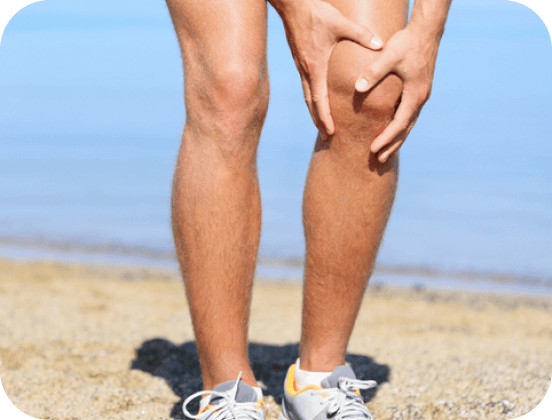
What Other Treatments are Available at StrideCare?
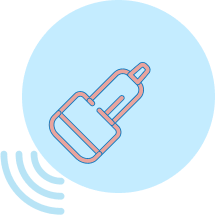
Diagnostic Venous Ultrasound
A non-invasive test that uses ultrasound technology to get a full view of the circulatory system.
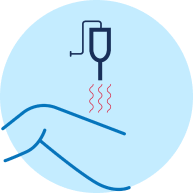
Radiofrequency Ablation
A varicose vein treatment option that uses pulsating radiofrequency energy to improve symptoms.
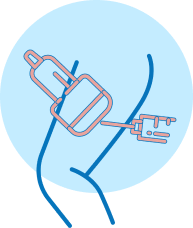
Varithena™ Microfoam Ablation
Treats both varicose and spider veins using a concentrated, injectable foam.
StrideCare
Patient Reviews
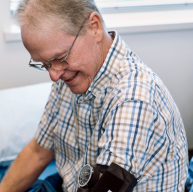

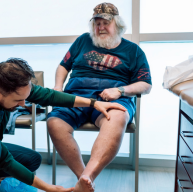
4.89 Average Online Review Score












StrideCare Leverages athenaOne to Enhance Financial and Operational Results, Improve Clinical Workflows
2 Min ReadCASE STUDY: Transitioning all practices onto one united system gives StrideCare invaluable access to data
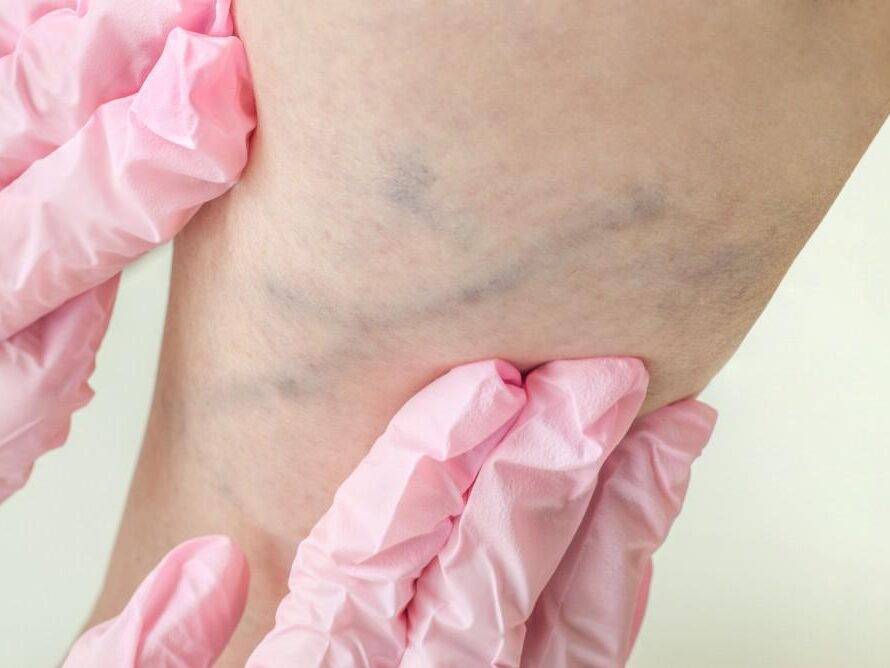
When are Varicose Veins More than Just a Cosmetic Concern?
2 Min ReadLearn about varicose veins, prevention tips, and treatment options from StrideCare’s vein specialists in Texas.
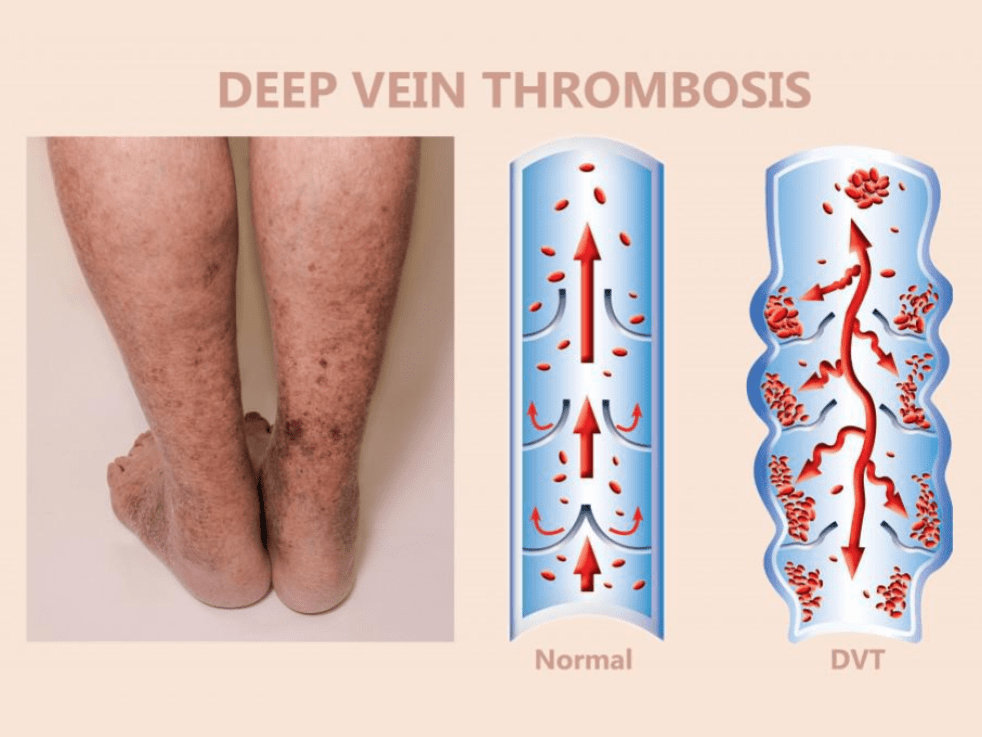
Puffy Legs are One of the First Signs of Deep Vein Thrombosis
3 Min ReadLearn the symptoms of deep vein thrombosis (DVT) and seek immediate evaluation at StrideCare for expert care and treatment.


